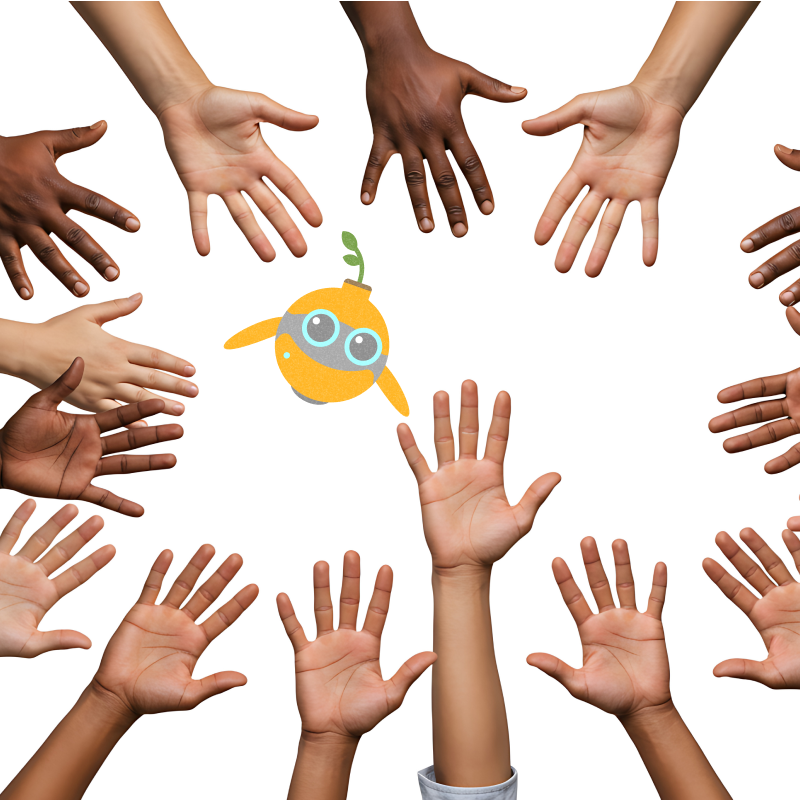

Harry Potter is a book loved around the globe and has been translated into over 76 different languages. However, upon reading the tale of the boy who lived, you’ll start to notice the differences between the original and its translations. Just as the Triwizard Tournament celebrated and shared cultures from across Europe, here’s how the translations of Harry Potter might help with your OWLs and NEWTs. Sorry, I meant GCSEs and A-levels.
J.K. Rowling, a language lover herself, studied English, French and German at A-level. She then completed a degree in French and Classics at the University of Exeter. Did you know Voldemort can mean ‘flight of death’ or ‘theft of death’ in French? Or that many of the spells have Latin roots? For example, Expecto Patronum translates to ‘I expect (or await) a guardian’. With a book full of word play and invented words, how can this be conveyed in translation? Here and some examples of the translation work in French, German, Italian and Spanish.
Harry Potter in Italiano
Translation work takes time and translators only received a copy of the book once it was available to buy in English. In Italy, some Harry Potter fans were so impatient to receive the final book, they sent feathers to the editors Salani in a project called Operation Feather.
However, the speed and pressure can lead to a slightly different translation. The headmaster ‘Albus Dumbledore’ was named after the Early Modern English dialectal word ‘dumbledore’, meaning bumblebee. Rowling envisioned Dumbledore as a man who was always humming to himself, almost buzzing like a bee. The Italian translators chose to translate Dumbledore’s surname as Silente, which alludes to a reluctance to speak, perhaps chosen due to the ‘dumb’ in Dumbledore or to show the awe which the headmaster inspires.
Severus Snape was translated to Severus Piton (Severus Python) in Italian. ‘Snape’ sounds like ‘snake’ and therefore choosing a surname to reflect this is a literal translation. However, in doing so, the stylistic choices of Rowling to use alliteration and a sibilant consonant to create a slithering affect is lost.
Whilst ‘Hogwarts’ is kept the same in Italian, the houses have been given new names. Gryffindor is translated as Grifondoro (gold griffin), Hufflepuff is Tassorosso (red badger), Slytherin is Serpeverde (green snake) and Ravenclaw is Corvonero (black raven).

Harry Potter en Français
French translator Jean-François Ménard worked hard to illustrate Rowling’s linguistic creativity throughout his translations. For example, the Sorting Hat was given the pun Choixpeau, from the French word for hat, chapeau, and the word for choice, choix.
Ménard decided to keep the name ‘Voldemort’ from the first book. In the second book, Harry Potter and the Chamber of Secrets, Tom Marvolo Riddle reveals the anagram of his name ‘I am Lord Voldemort’. Ménard used the middle name Elvis to create ‘Tom Elvis Jedusor – je suis Voldemort’. The surname Jedusor, which sounds like jeu de sort (game of chance), also mimics the surname ‘Riddle’.
Even the name ‘Hogwarts’ itself – a compound of ‘hog’ and ‘wart’ – was translated to Poudlard from pou de lard, ‘bacon lice’. And ‘Hufflepuff’, which sounds like the fairy-tale line, ‘And I’ll huff, and I’ll puff…’, was translated to Poufsouffle where souffle means a ‘breath’, ‘breeze’ or ‘blast of air’. (Also, this is where we get the English word ‘souffle’ from, due to the air inside the dessert.)
Harry Potter en Español
Spanish translators also tried to maintain Rowling’s creative use of language. The famous street ‘Diagon Alley’ is a play on the word ‘diagonally’. In Spanish, the street was called el callejón Diagon. Therefore, the style of word play is retained through the rhyme.
Sometimes, the Spanish translators also used italics to credit Rowling with inventing a word and showing there was no direct translation. Interestingly, the mirror of Erised was at first translated to el espejo de Erised but when it was realised that ‘Erised’ is the word ‘desired’ backwards, the translations changed to el espejo de Oesed because Oesed is deseo backwards.
The character Moaning Myrtle was renamed to Myrtle la Llorona, Myrtle the weeping woman. La Llorona is also a famous Latin American legend which adds to the mythical quality of the Spanish translation.
Harry Potter auf Deutsch
The German translators tried to maintain the Britishness in the books by taking a literal route in translation. Both Hogwarts and the houses, as well as most characters in the series, kept their original names. All except for Sirius Black, who was translated to Sirius Schwarz, although he was renamed Sirius Black in later books. This ensures that readers understand the location of the books in Britain.
However, there are some unique features in the German translations. The card game ‘Exploding snap’ was translated, either by accident or with creative flair, to Snape explodiert, Snape explodes. Dumbledore’s Pensieve, a bowl which can be used to sort through thoughts, was translated to Denkarium, using the verb denken (to think) and the suffix –arium, a Latin suffix which is seen in the word ‘aquarium’.
The Knight Bus, a play on ‘night bus’ is translated to Der Fahrende Ritter. Fahrende comes from the German verb fahren, meaning to drive, however, a Fahrende Ritter was also the name of a knight who travelled Germany to offer his services for gold. Therefore, Rowling’s pun is preserved.

Tips for translating in your GCSE exams
We’ve seen the art of translation and how difficult it can be. Fortunately, the GCSEs translation texts don’t have the complexity or wordplay of Harry Potter. Neither will there be new words for you to create! Here’s some advice to help you through the translation sections of your GCSE modern languages exams.
1. You can’t translate word-for-word
As has been apparent from these translations, sometimes you can’t just translate a text word-for-word. This might be due to the language you’re translating into – are you using an expression which triggers a different tense in your language than in English? Does your language have a different word order to English? (I’m looking at you, German.)
2. You don’t need to translate in order
If the third sentence of the paragraph has a sentence which is easy to translate but the second sentence has a word which you can’t remember the exact word of, don’t worry. French translator Jean-François Ménard translated the first chapter then the last, then the second chapter and the second-to-last chapter.
3. Practise!
By now, you’ve probably realised that the translators were chosen due to their skill in their profession. They had years of training and practice leading up to translating an entire book series. Make sure you also get in plenty of practice before the big day. If you need any revision material, check out FlashAcademy® resources page, where you can find GCSE translation practice for French and German.

To learn more about how FlashAcademy® can solve language learning challenges at your school, drop an email to team@flashacademy.com or visit MFL for Schools page.


